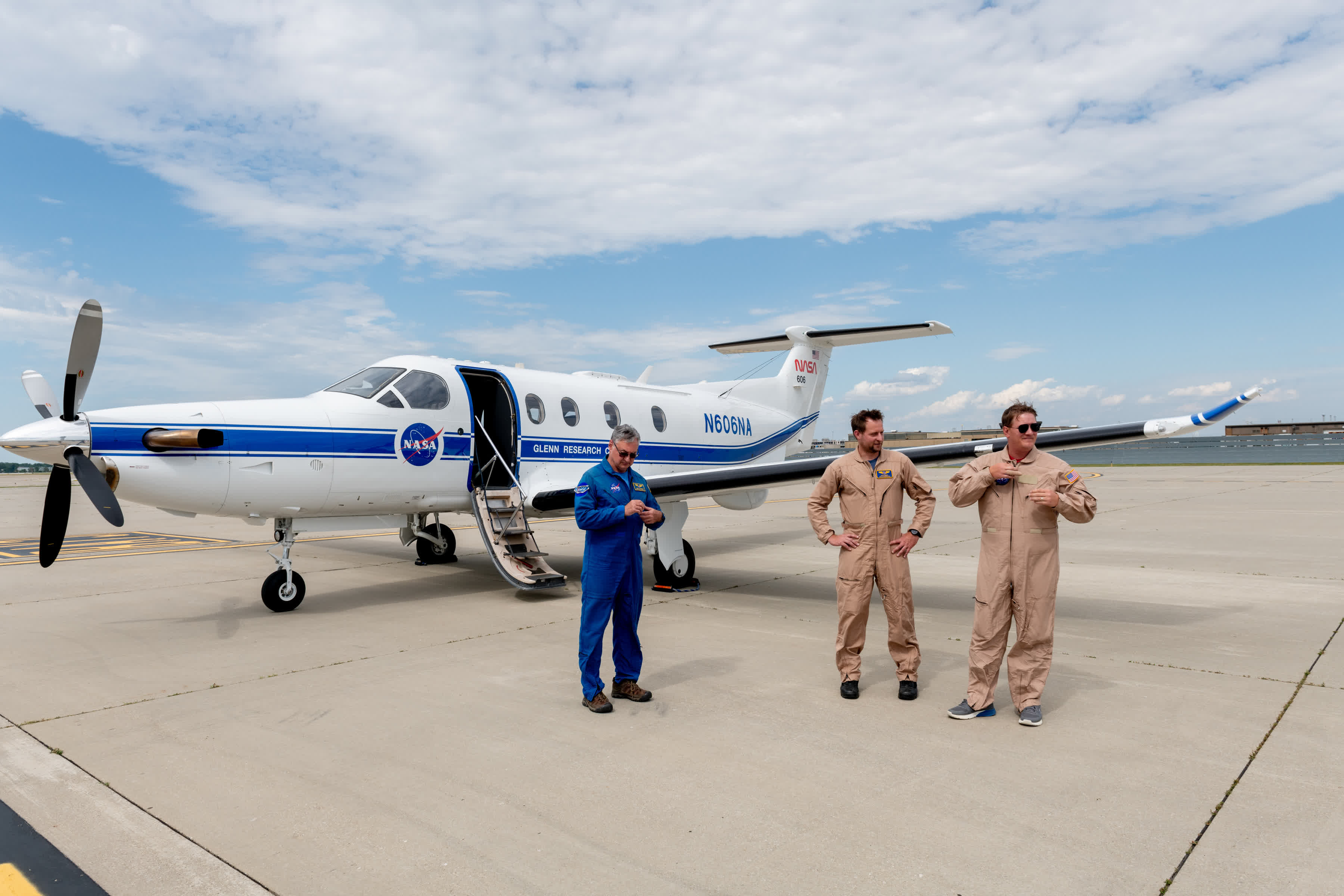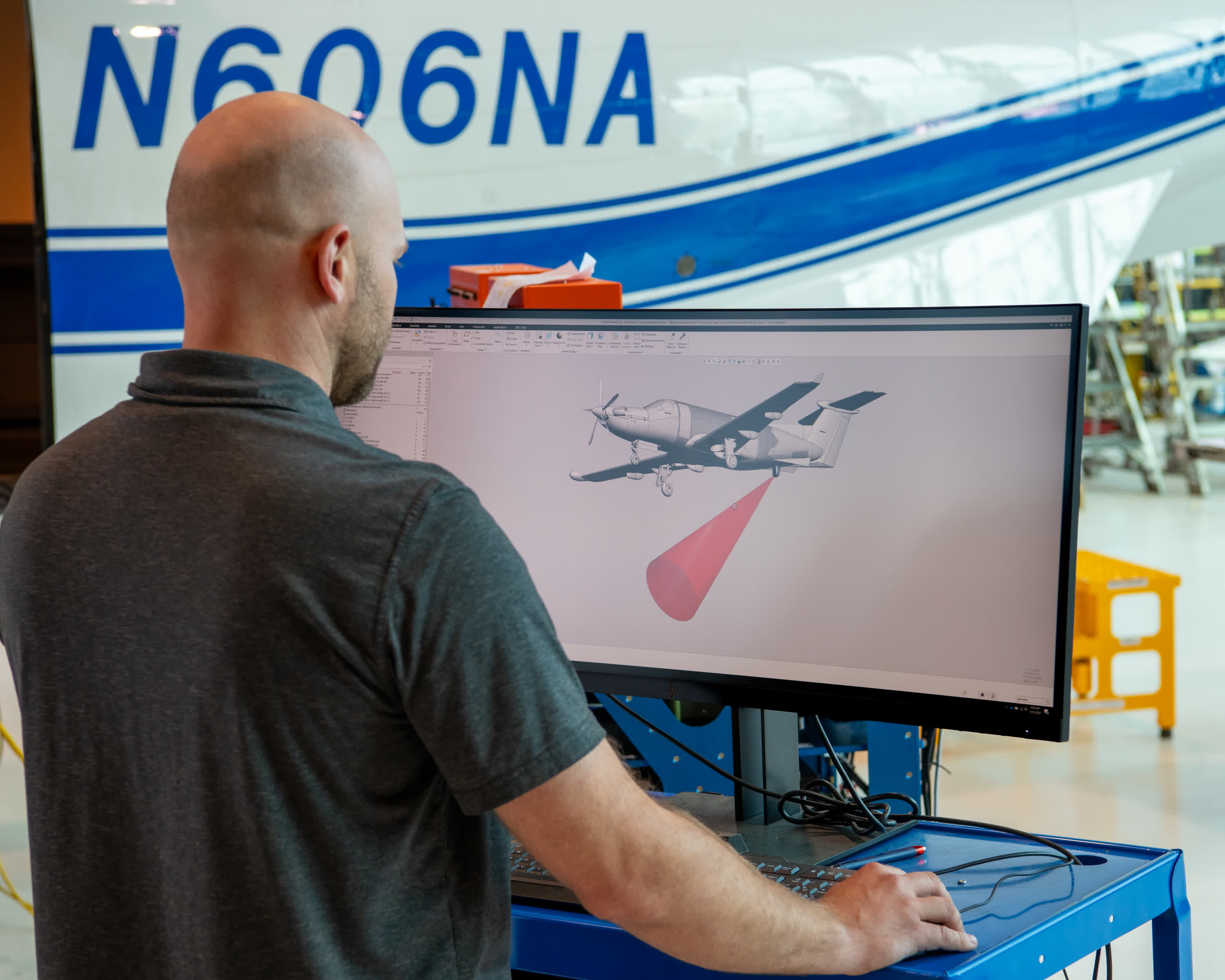Serving tech enthusiasts for over 25 years.
TechSpot means tech analysis and advice you can trust.
Why it matters: Space is glorious. However, off-planet video footage is typically a pixelated mess that kills all the fun. That may be about to change. NASA has managed to stream 4K ultra-HD video from an aircraft all the way to the International Space Station and back down to Earth at speeds that would put your home internet to shame.
The agency has been advancing optical communications, which use infrared light signals instead of the more conventional radio waves to transmit data. As part of these efforts, it recently conducted a series of flight tests that involved installing a laser terminal on the belly of a Pilatus PC-12 aircraft. This single-engine plane then proceeded to beam 4K video while soaring over Lake Erie to a ground station in Cleveland, Ohio.
From there, the video signal went on an epic journey, passing through NASA's White Sands facility in New Mexico before being fired off into space 22,000 miles away using infrared lasers towards an experimental satellite called the Laser Communications Relay Demonstration (LCRD). The LCRD then relayed the data to a special terminal aboard the ISS called ILLUMA-T, which beamed it back to Earth.

Despite this incredibly long distance, NASA says the laser link achieved transmission rates of over 900 Mbps. To put that into perspective, the average household internet in the US churns out 245 Mbps as of June 2024.
NASA hopes that this cutting-edge tech will provide live high-definition video from future Artemis missions to the Moon. Compared to old-school radio, laser communications can shift data up to 100 times faster.
"We can now build upon the success of streaming 4K HD videos to and from the space station to provide future capabilities, like HD videoconferencing, for our Artemis astronauts, which will be important for crew health and activity coordination," explained Daniel Raible, who leads the project at NASA Glenn.

During the tests, the Glenn team continually fine-tuned the systems after each flight to improve performance. Putting space tech through its paces in an aeronautics environment often catches issues missed in lab tests while also being cheaper than orbital trials.
Although the ILLUMA-T payload is no longer aboard the ISS, NASA plans to keep putting its 4K streaming capabilities to the test throughout July using the plucky aircraft. The goal is to develop the kind of laser communications needed to broadcast humanity's next giant leap when boots are on the lunar surface again through the Artemis program.
With video links like this, we could potentially enjoy crystal-clear shots of astronauts driving rovers, setting up habitats, and documenting their experiences in exquisite detail.
Image credit: NASA